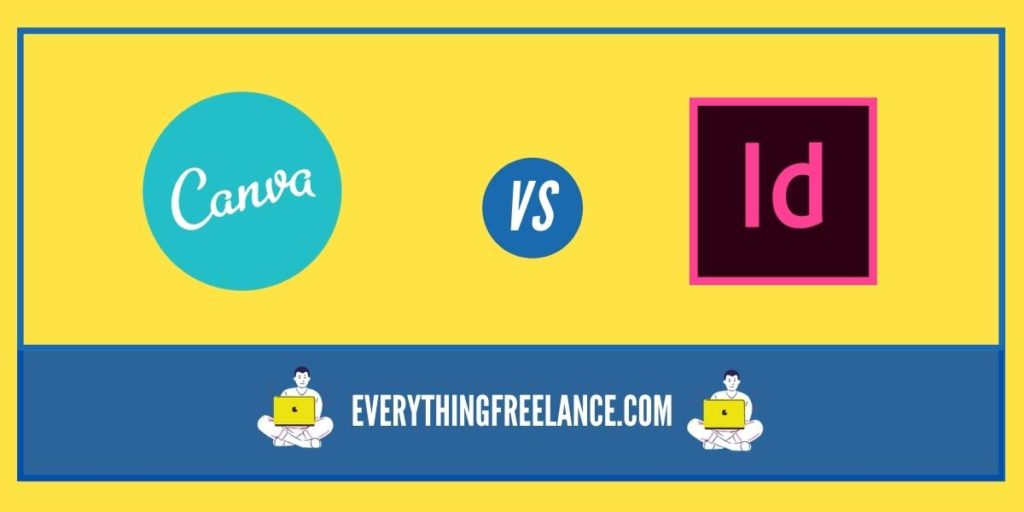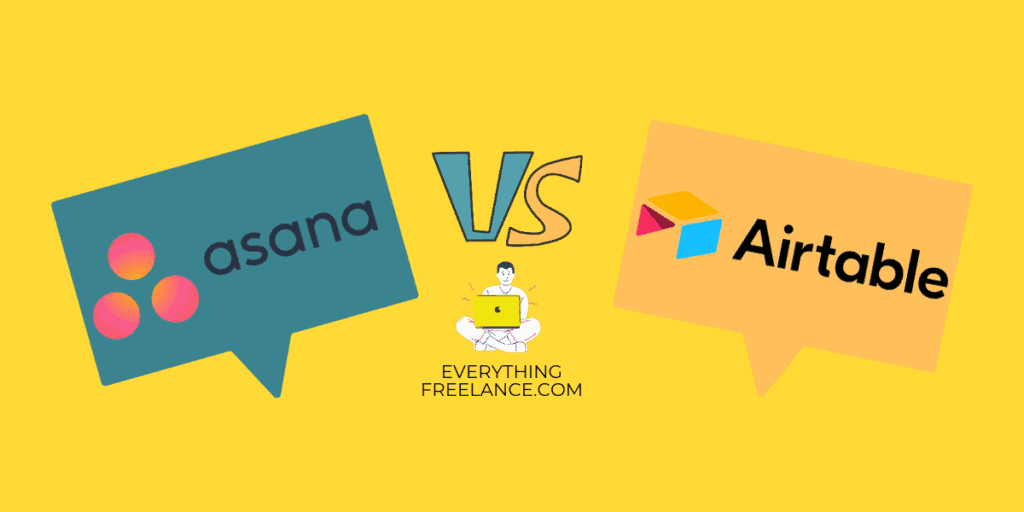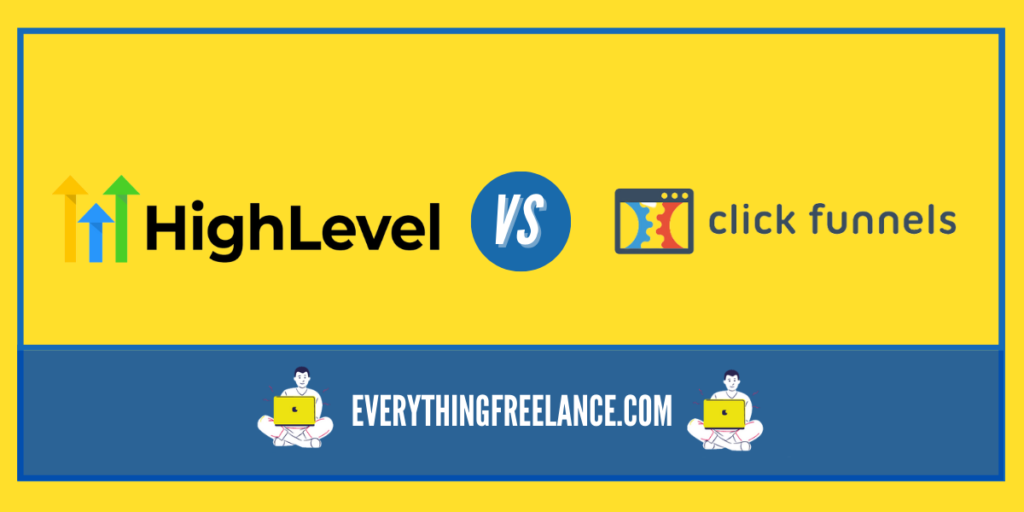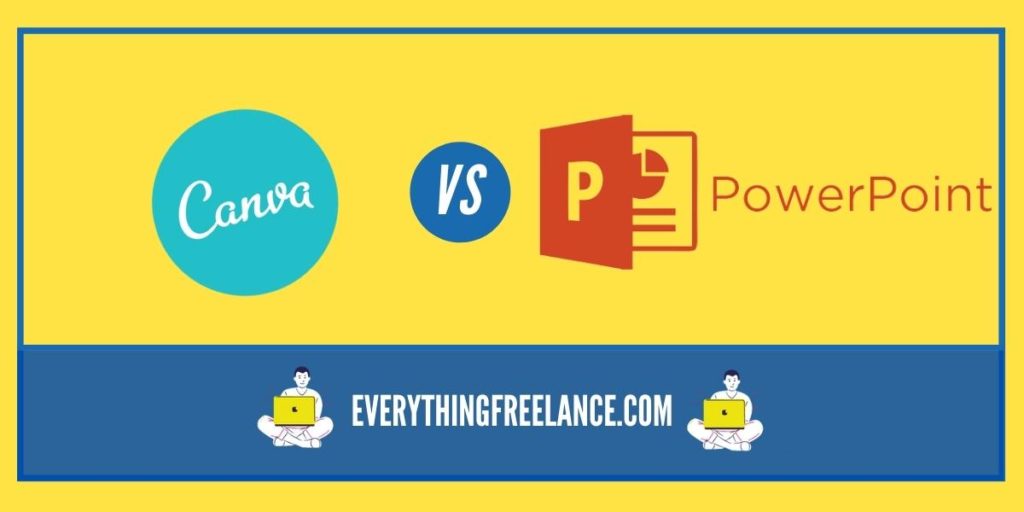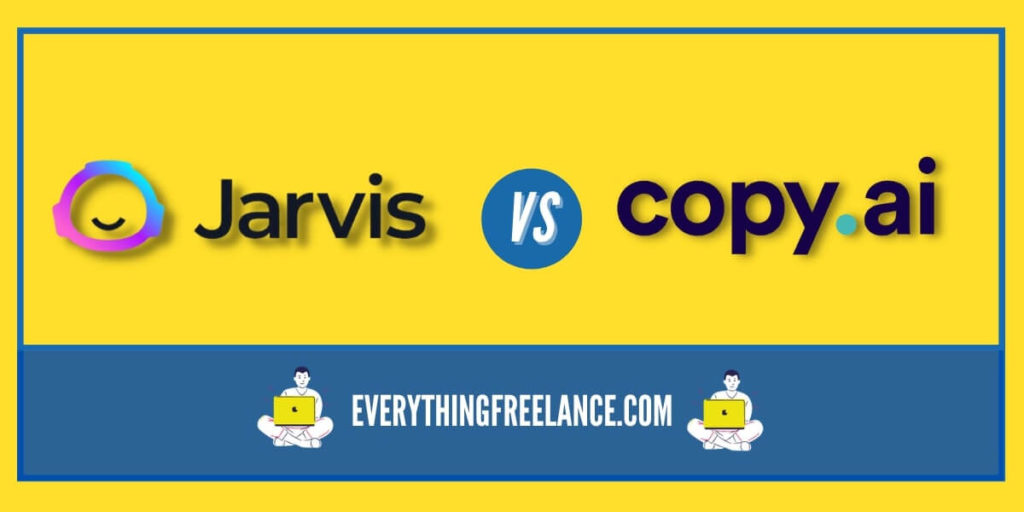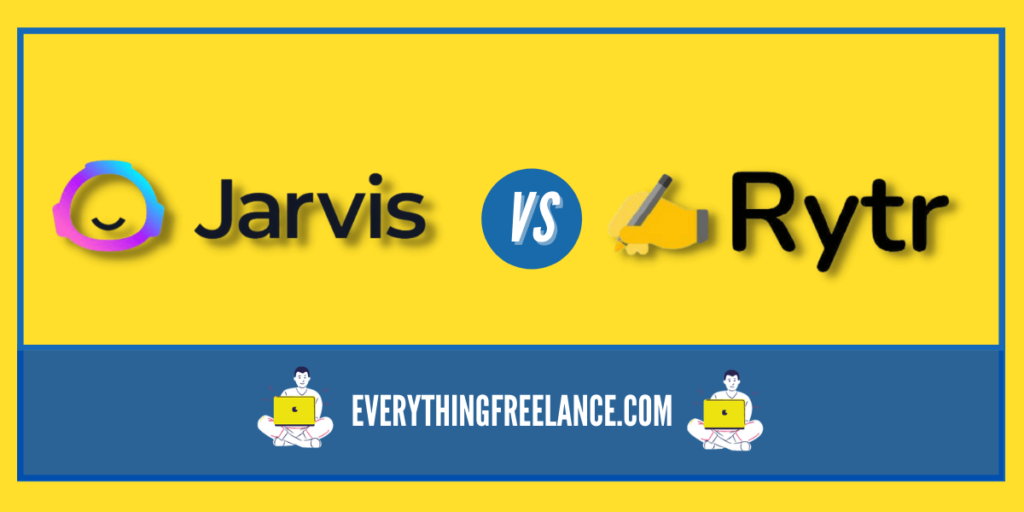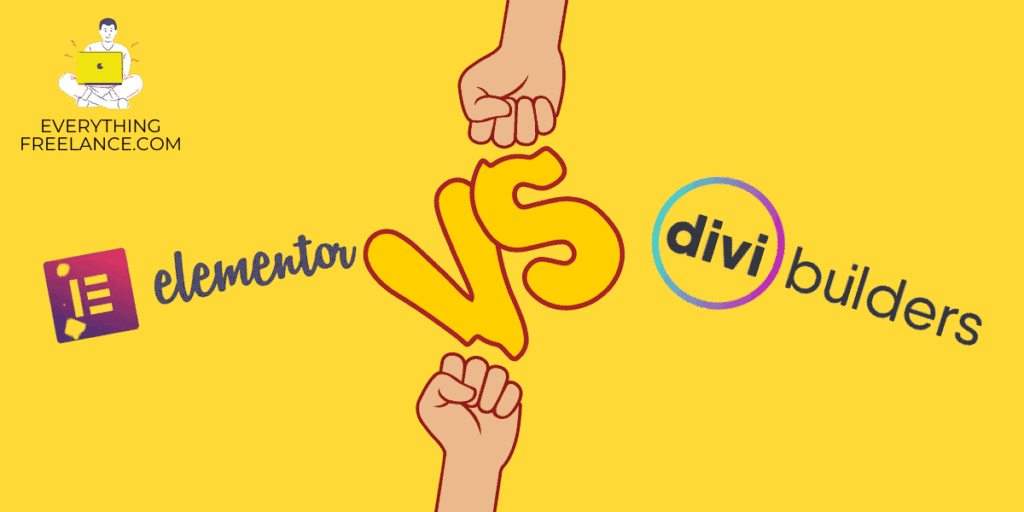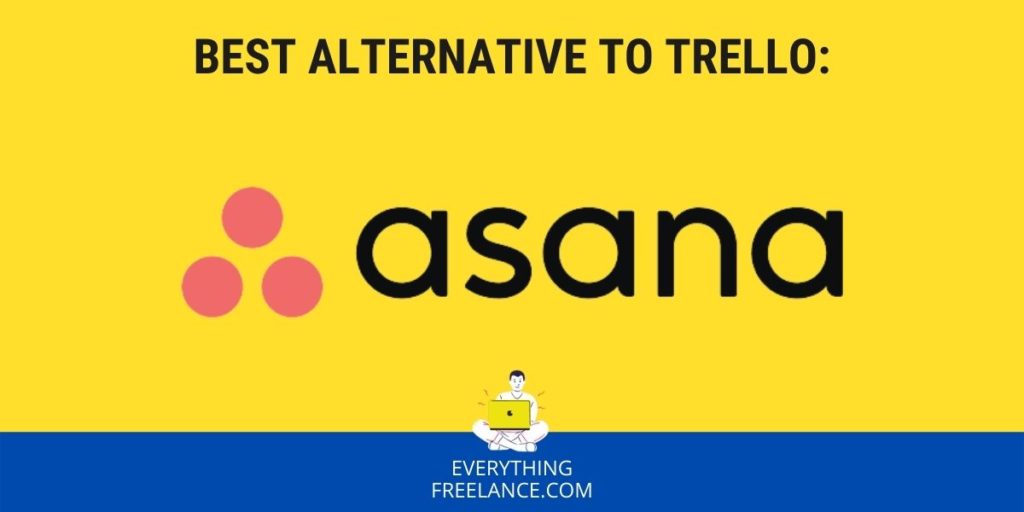Software systems are undeniably important in helping people to manage projects. Unfortunately, there are so many project management system options like Asana, etc. that you can often feel lost when you are trying to select. Trello and Airtable are two amazing project web-based software choices that are likely to leave you with little to no regrets. In this article, we’ll discuss how one of the best alternatives to Trello is Airtable.
Airtable offers team management features, as well as spreadsheet-based project management functions. On the other hand, Trello aims to make every element of the project management workflow that much simpler. In short, the Airtable table focuses on the inside outs of the project management functions, while Trello ensures that you have a smooth workflow.
Pricing and Free Plan
You can choose the kind of features that you wish to pay for, based on the availability that falls under each pricing tier.
Trello

Trello offers three different membership types, which are free, business class, and enterprise. The details of each are as follows:
- Free – As the name implies, there is no cost associated with using this membership type. It’s not a trial, which means that signing up guarantees you permanent access to the platform. Enjoy unlimited cards, unlimited lists, unlimited personal boards, 10 megabytes per unit for file attachments, one power-up per board, multifactor authentication, and 50 automated command runs monthly.
- Business Class – The business class license is the next step up, and it costs $12.50 per user per month if billed monthly and $9.99 per user per month if billed annually. All the free tier features are included here, but the per file attachment figure now stands at 250 megabytes. You also get to enjoy other benefits, such as priority customer support, advanced checklists, unlimited power-ups, calendar view, a map view, custom fields, 100+ app integrations, command administration, multifactor authentication, domain restricted invites, etc.
- Enterprise – The enterprise option begins at $17.50 per user per month. This is the cost for 20 users, which is the minimum allowable number. The price falls as low as $7.38 per user per month at the maximum number of users, which is 5000. Trello does facilitate special cases where you may want more users, but that pricing is not displayed publicly. As you can imagine, an enterprise license contains everything that its business class counterpart does. However, you also get unlimited command runs, SAML SSO via Atlassian access, attachment restrictions, public board management, organization-wide permissions, etc.
Airtable

Airtable offers four different types of seats, which are free, plus, pro, and enterprise. Here is a breakdown of what to expect from each:
- Free – This is Airtable’s no-cost offering. It includes unlimited bases, a two-gigabyte attachment space per base, two weeks of revision and snapshot history, rich field types, various views including kanban boards, access to different platforms, real-time commenting and collaboration, 100 automation runs monthly, and access to support via a self-service knowledge base and email.
- Plus – The next step up is the plus subscription, which costs $10 or $12 per user per month when billed annually or monthly, respectively. The plus membership includes all features of the free one with various upgrades and new additions. You now get a five-gigabyte attachment space per base and six months of revision and snapshot history. Additionally, there are 5000 automation runs per month under this membership.
- Pro – The pro subscription is designed for comprehensive collaboration, and it costs $20 or $24 per user per month when billed annually our monthly, respectively. As you would expect, it encapsulates all the features of the plus subscription. Yet again, there are a couple of new additions, as well as some upgrades. There is now a 20-gigabyte attachment space per base, one-year revision and snapshot history, 50,000 automation runs per month, early access to new features, personal and locked views, advanced calendar features, priority support response, etc.
- Enterprise – According to Airtable, this subscription is designed to achieve maximum business value. The costing is not available publicly, which means you are going to need to reach out to the Airtable team to get access. As was the case before, the enterprise subscription contains all the previous one’s features with some additions and upgrades. There is now a 10,000-gigabyte attachment space per base, three years of revision and snapshot history, 500,000 automation runs per month, individualized onboarding and training, a dedicated customer success manager, and a host of admin features, such as SAML-based SSO, unlimited workspaces, invoice payment, enhanced deletion recovery, and an enterprise-wide admin panel.
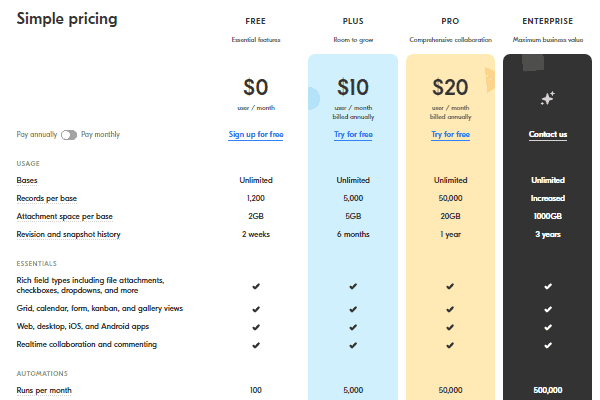
Available Platforms
Accessibility is very important in the current landscape of project management. Gone are the days when all this kind of work is done behind the desk on a PC. Therefore, any project management software system worth a second look must offer availability on different platforms. Both Airtable and Trello knock this one out of the park, as they support you in the office and on the go. You can use either software system on Windows, Mac, iOS, Android, or any device that supports a web browser.
For the Android and iOS alternatives, you need to locate and download the dedicated apps from their respective application storefronts.
Features
Both applications are designed with a host of features to speak on. First, there is Airtable, which combines a project management application with a spreadsheet and a database management system. You can think of it as a database with a spreadsheet front end that you can use to store your information that you can then arrange into custom views as needed. These views include options, such as advanced calendar displays and Kanban boards. Much of Airtable’s appeal comes from linking various data entries to create dynamic and smart views.
Trello does not have that kind of design, as it is a Kanban board through and through. That may lead you to believe that Trello is not as appealing as Airtable. However, Trello does an amazing job of being much more straightforward and user friendly.
All of that was a high-level explanation, so here’s a more in-depth look at some of the features that fall under the umbrella of each application.
Airtable
- Active Directory integration
- Agile development
- Audit trail
- B2B integration
- Budgeting
- Built-in database
- Bulk send
- Calendar management
- Client management
- Content filtering
- Compensation management
- Dashboard creation
- Database access
- Data filtering
- Forms management
- Event management
- Inventory management
- Message board
- Product catalog
- Project development
- Reports
- Statistics
- Research management
- SMS integration
- Social media integration
- Video management
- Template management
- Workflow management
Trello
- Activity dashboard
- Assignment tracking and management
- Data importing
- Desktop notifications
- Data tracking
- Email invitations
- File transfer
- Employee management
- Prioritization
- Labeling
- SSL security
- User activity monitoring
- Voting
Shared Features
While both platforms have an array of unique features, some are shared by the two. These include:
- @ mentions
- Access control
- Automatic notifications
- Automatic backup
- Collaboration tools
- Custom fields
- Document storage
- Data import and export
- Email integration
- Drag and drop interface
- File management
- Permission management
- Project management with time and resource tracking
- Search
- Projections
- Task scheduling, tracking, planning, and management
- To-do lists
- Third-party integrations
Integrations
Both platforms support integrations on various levels. Naturally, a software system that works like a relational database is going to be more readily able to integrate with more applications. Therefore, Airtable has a greater number.
Some of Airtable’s supported integration platforms are Slack, Facebook, Twitter, Trello, Evernote, Dropbox, MailChimp, and Google Drive. If you wish, you can also use the Airtable API to create custom integrations.
Trello has integrations with Slack, JIRA, and Google Drive. Note that it can access more Zippier apps than Airtable can, which is great for automation. You can also use its API to create custom integrations.
Final Conclusion
Airtable is designed to be much more comprehensive and far-reaching than Trello is. Therefore, it wins from a functionality perspective. However, it’s best to evaluate the two platforms based on your unique needs.
If you only want to organize your tasks and projects, for example, you are going to have a much smoother and intuitive experience with Trello. However, if you want the most you can get out of a project management application, Airtable is the way to go.
Summary Table
| Category | Airtable | Trello |
| Pricing | Three options including a free plan | Four options including a free plan |
| Available platforms | Mac, Windows, iOS, Android, web | Mac, Windows, iOS, Android, web |
| Features | Wide pool with immense customization | Smaller pool with less customization |
| Integrations | More built in-apps and some Zapier accessibility | Less built-in apps with more Zapier potential. |




